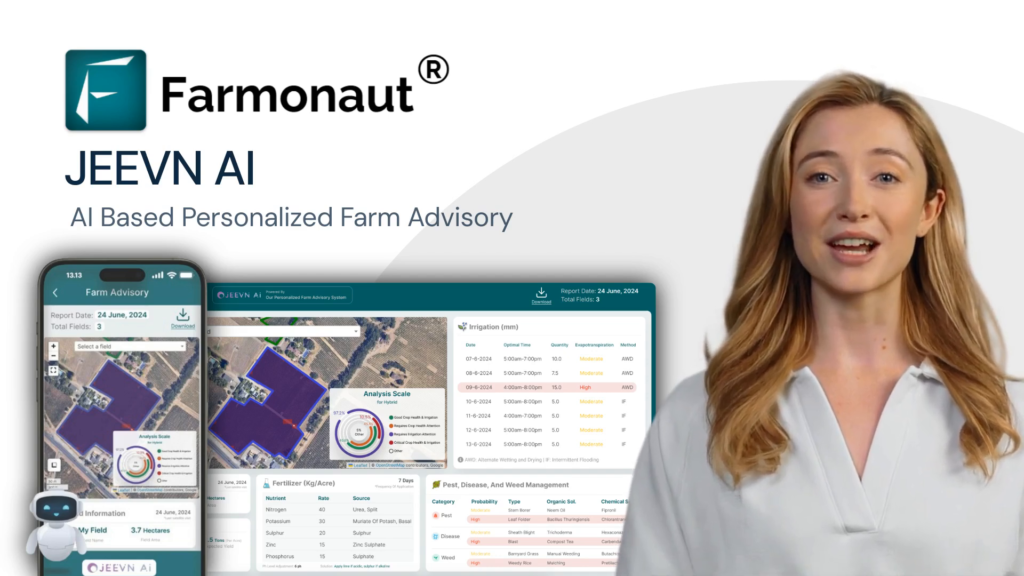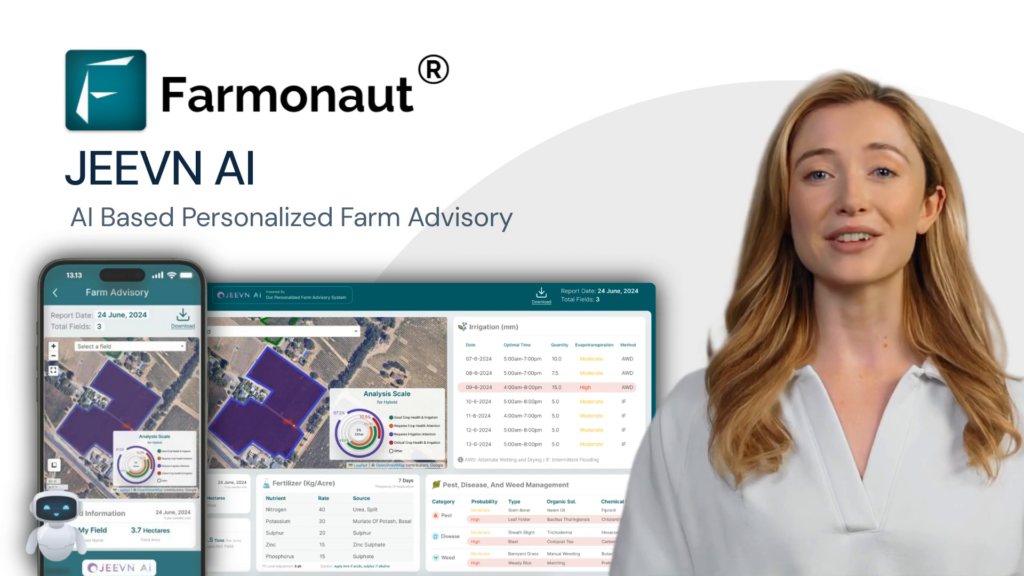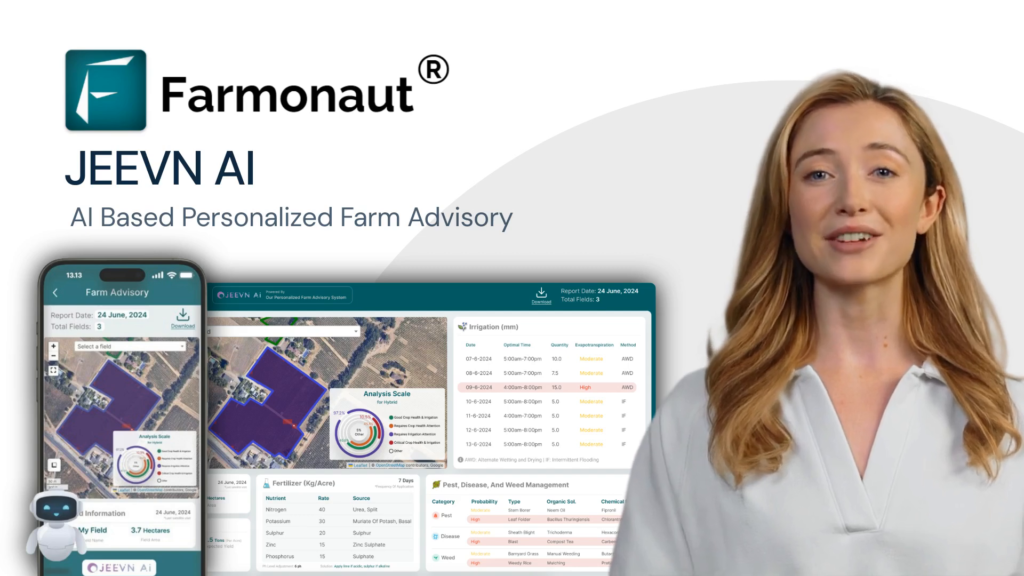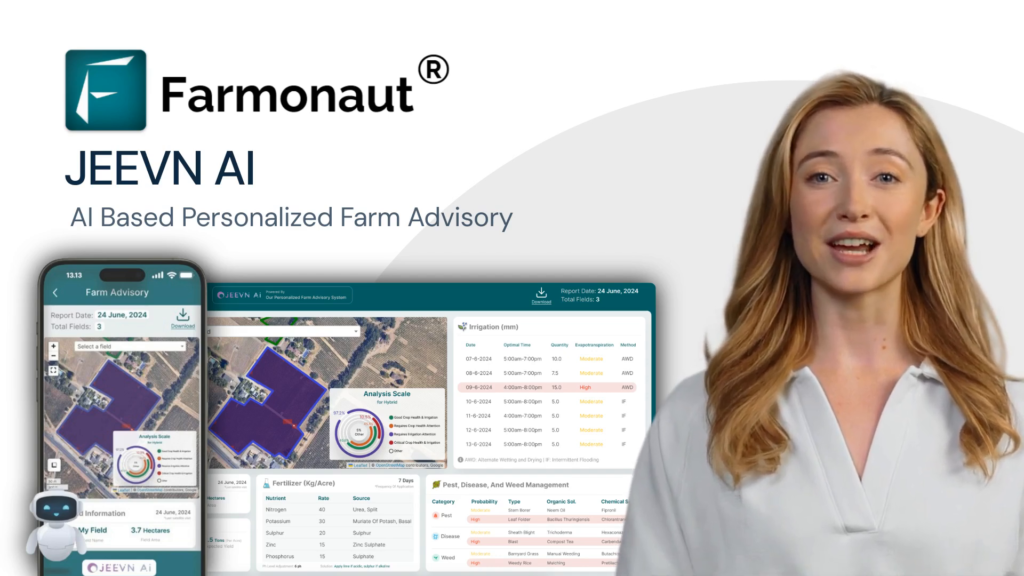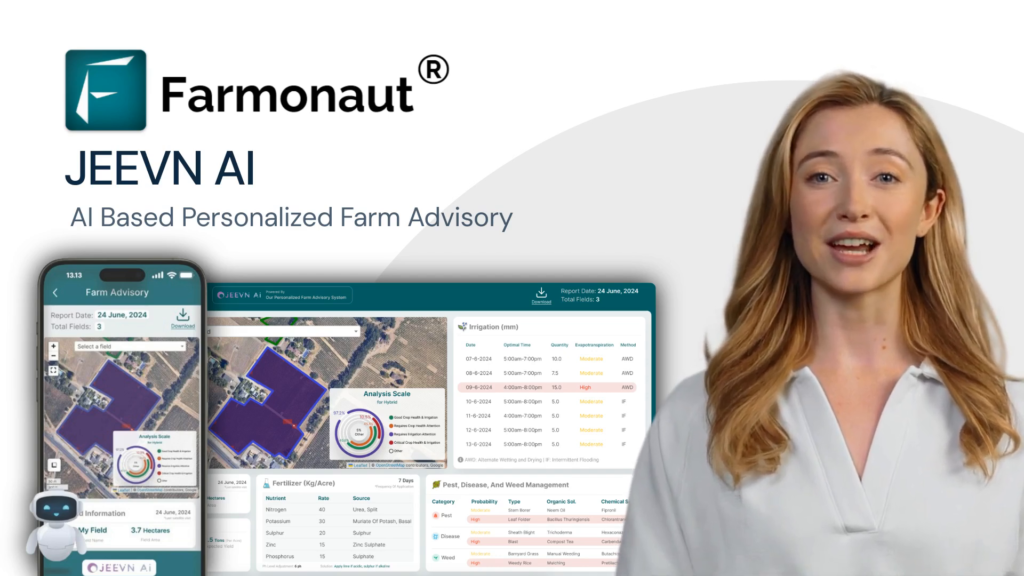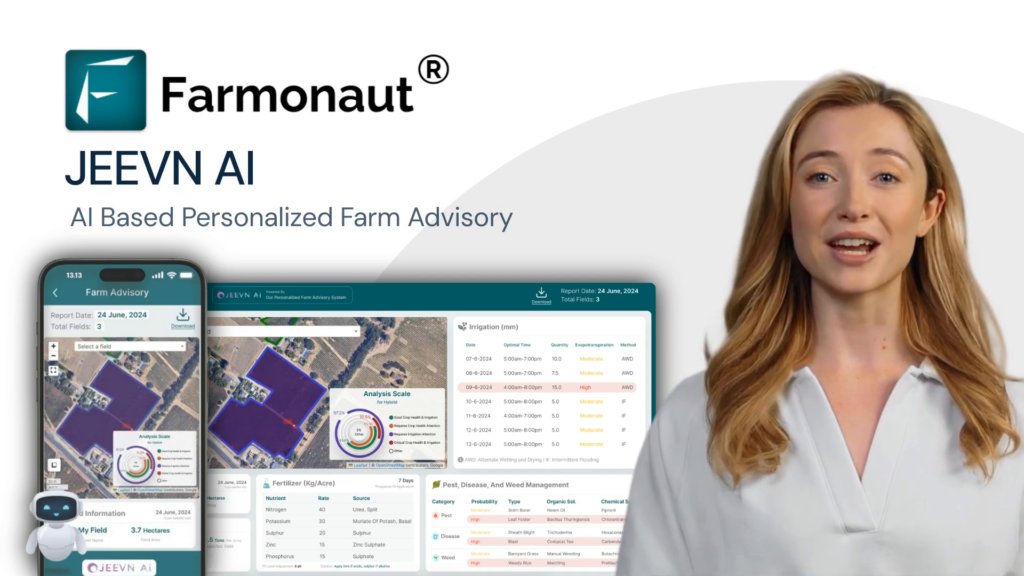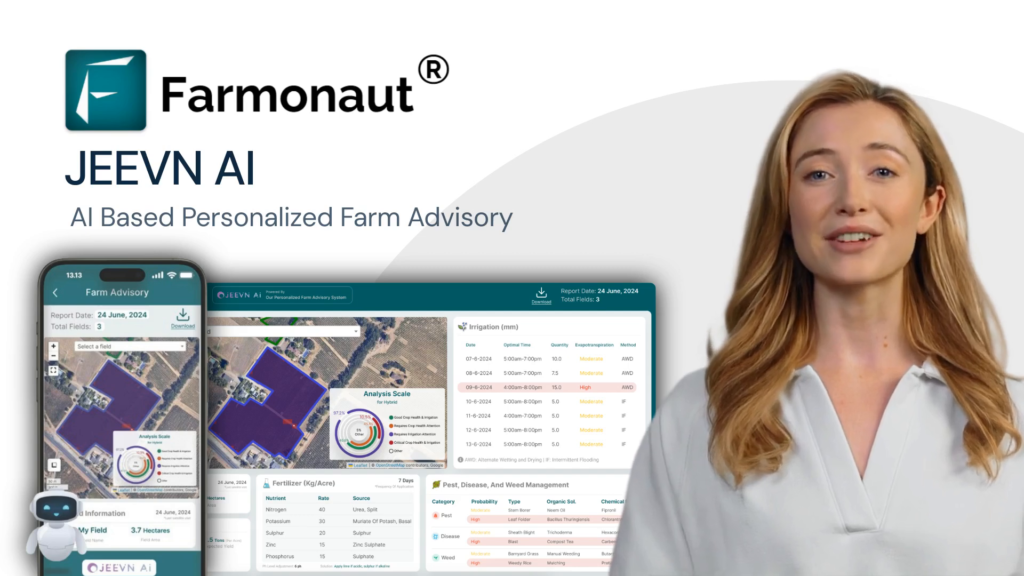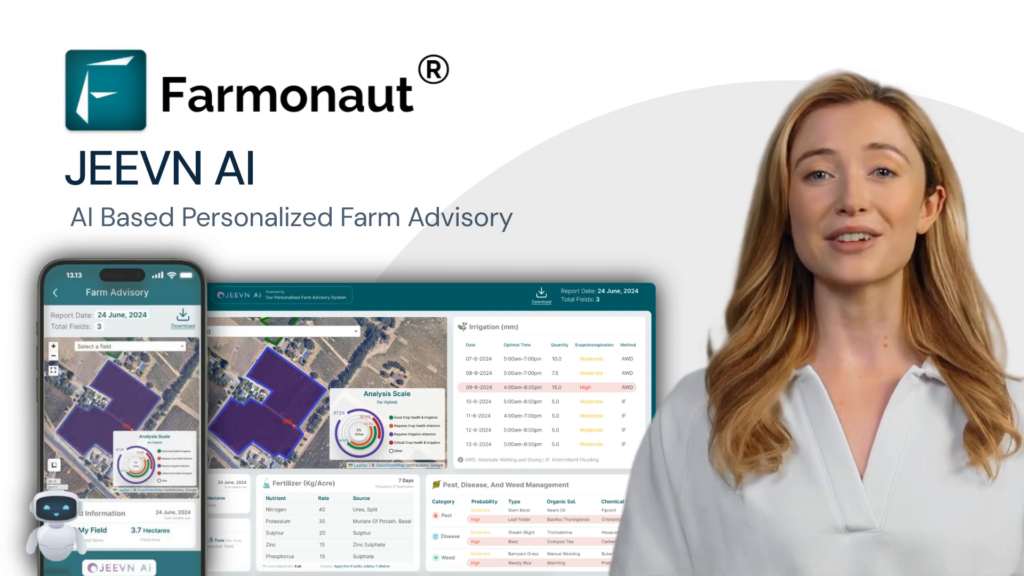Exploring Minnesota’s Short Line Railroads: A Comprehensive Guide to Regional Freight Transport

Welcome to our comprehensive guide on Minnesota’s short line railroads and their crucial role in regional freight transport. As we delve into the intricate network of railways that crisscross the North Star State, we’ll uncover the rich history, current operations, and future prospects of these vital transportation arteries. From the bustling Twin Cities to the sprawling agricultural lands of western Minnesota, short line railroads are the unsung heroes keeping the state’s economy on track.
“Minnesota’s short line railroads operate over 1,500 miles of track, serving vital agricultural and industrial sectors.”
The Backbone of Minnesota’s Freight Network
Short line railroads are the capillaries of Minnesota’s freight transport system, connecting rural areas and smaller industries to the main arteries of Class I railroads. These smaller railroads play a crucial role in maintaining the state’s economic vitality, particularly in agricultural and manufacturing sectors. Let’s explore how these railways have become indispensable to Minnesota’s transportation landscape.
- Efficient transport of agricultural products
- Cost-effective shipping for rural industries
- Reduced road congestion and emissions
- Preservation of rail service to smaller communities
As we examine the various short line railroads operating in Minnesota, we’ll see how they contribute to the state’s economy and provide essential services to businesses and communities alike.
Minnesota’s Major Short Line Railroads: Key Statistics
| Railroad Name | Year Established | Track Miles | Estimated Annual Carloads | Primary Commodities Transported |
|---|---|---|---|---|
| Minnesota Commercial Railway | 1987 | 150 | 50,000+ | Lumber, steel, paper, agricultural products |
| Twin Cities & Western Railroad | 1991 | 360 | 40,000+ | Grain, ethanol, fertilizer |
| Minnesota Northern Railroad | 1996 | 200+ | 30,000+ | Agricultural products |
| Progressive Rail, Inc | 1996 | 100+ | 25,000+ | Agriculture, chemicals, construction materials |
| Red River Valley & Western Railroad | 1987 | 600+ | 60,000+ | Grain, sugar beets, fertilizer |
The Twin Cities Railway Hub
At the heart of Minnesota’s rail network lies the Twin Cities metropolitan area, a crucial interchange point for both short line and Class I railroads. The extensive rail infrastructure in Minneapolis and St. Paul serves as a vital link between local industries and national markets.
“The Twin Cities’ railway system handles over 500,000 carloads annually, playing a crucial role in regional freight transport.”
Minnesota Commercial Railway: The Urban Short Line
One of the most prominent short lines operating in the Twin Cities is the Minnesota Commercial Railway (MNNR). Established in 1987, this railroad has become an integral part of the region’s freight transport system. Let’s take a closer look at its operations:
- Operates nearly 150 miles of track in the Twin Cities area
- Handles diverse freight including lumber, steel, paper, and agricultural products
- Provides crucial switching services for larger Class I railroads
- Connects local industries to national rail networks
The MNNR’s success demonstrates the vital role short lines play in urban freight transport, efficiently moving goods within the metropolitan area and beyond.
Agricultural Rail Transport: Feeding Minnesota’s Economy
Agriculture is the backbone of Minnesota’s economy, and short line railroads play a crucial role in transporting crops from farm to market. These railways are essential for maintaining the competitiveness of the state’s agricultural sector.
While we explore the importance of rail in agriculture, it’s worth noting how modern technology is revolutionizing farm management. Farmonaut’s satellite-based crop monitoring offers farmers real-time insights into crop health, complementing the efficiency of rail transport in the agricultural supply chain.
Minnesota Northern Railroad: Serving the State’s Breadbasket
The Minnesota Northern Railroad (MNN) is a prime example of a short line dedicated to agricultural transport. Operating over 200 miles of track in western Minnesota, the MNN is vital for moving the region’s crops to market:
- Connects with Class I carriers BNSF and Canadian Pacific
- Primarily transports agricultural products
- Serves numerous grain elevators and processing facilities
- Helps maintain competitive shipping rates for farmers
The MNN’s operations highlight the symbiotic relationship between short lines and the agricultural communities they serve, ensuring that Minnesota’s crops reach national and international markets efficiently.
Historical Roots: From Pioneers to Modern Freight
Many of Minnesota’s short line railroads have histories dating back to the late 19th century, when rail was the primary means of long-distance transport. These lines have evolved from their pioneer roots to become modern freight carriers, adapting to changing economic landscapes.
Twin Cities & Western Railroad: A Modern Short Line with Historic Roots
The Twin Cities & Western Railroad (TCWR) exemplifies this evolution. Founded in 1991, it operates on tracks with a rich history:
- Operates 360 miles of former Milwaukee Road tracks
- Connects the Twin Cities to western Minnesota and eastern South Dakota
- Handles a diverse range of freight, from agriculture to manufactured goods
- Plays a crucial role in the region’s ethanol industry
The TCWR’s success story demonstrates how short lines can breathe new life into historic rail corridors, preserving rail service for communities and industries alike.
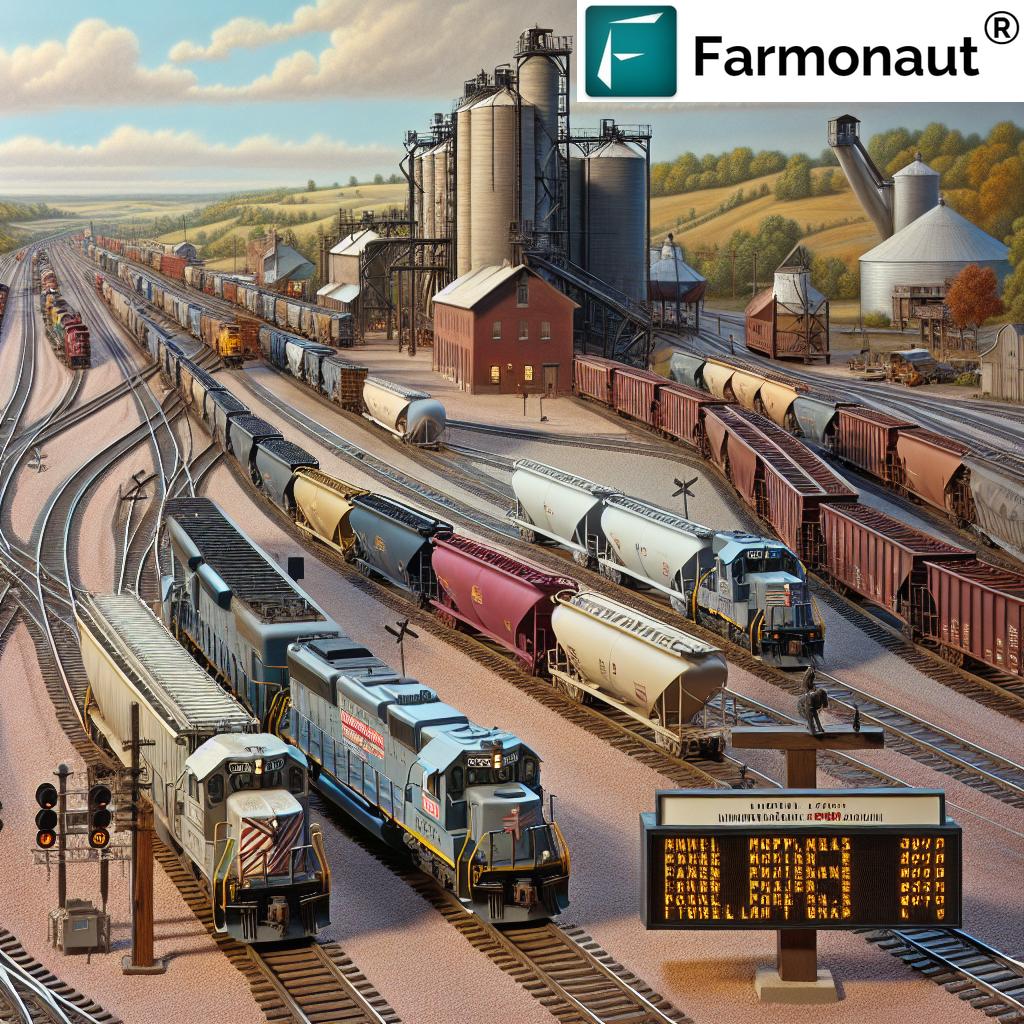
Interchanges and Connections: The Railroad Web
One of the key strengths of Minnesota’s short line network is its extensive interconnections with Class I railroads. These interchanges allow for seamless transfer of goods between local and national markets, enhancing the state’s economic competitiveness.
Red River Valley & Western Railroad: A Regional Powerhouse
The Red River Valley & Western Railroad (RRVW) showcases the importance of these connections:
- Operates over 600 miles of track in Minnesota and North Dakota
- Interchanges with BNSF, Canadian Pacific, and Union Pacific
- Handles a diverse traffic base, including agricultural products and industrial goods
- Provides crucial links between rural areas and national markets
The RRVW’s extensive network and multiple interchanges highlight how short lines act as vital connectors in the broader transportation landscape.
Specialized Operations: Niche Markets and Unique Services
Some of Minnesota’s short lines serve highly specialized markets, providing tailored services to specific industries. These niche operations demonstrate the flexibility and adaptability of short line railroads.
Cloquet Terminal Railroad: Serving the Paper Industry
The Cloquet Terminal Railroad (CTRR) is a prime example of a specialized short line:
- Operates 6 miles of track in Cloquet, Minnesota
- Primarily serves the Sappi paper mill
- Provides switching services for paper products and raw materials
- Interchanges with BNSF and Canadian Pacific
The CTRR’s focused operations underscore the importance of rail transport to specific industries and local economies.
As we explore specialized rail operations, it’s worth noting how technology is enhancing efficiency across industries. Farmonaut’s fleet management solutions offer tools that could complement rail operations, optimizing logistics and resource management in the agricultural sector.
Cross-Border Connections: Minnesota’s International Rail Links
Minnesota’s position on the Canadian border makes it a crucial link in international trade. Several short lines in the state play important roles in facilitating cross-border commerce.
Minnesota, Dakota & Western Railway: An International Short Line
The Minnesota, Dakota & Western Railway (MDW) exemplifies these international connections:
- Operates 4 miles of track between International Falls, Minnesota, and Fort Frances, Ontario
- Serves paper mills on both sides of the US-Canada border
- Handles over 10,000 carloads annually
- Facilitates international trade in forest products
The MDW’s operations highlight the role of short lines in international commerce and the interconnectedness of North American rail networks.
Innovation and Technology in Short Line Operations
While short line railroads may operate on historic tracks, many are at the forefront of adopting new technologies to improve efficiency and safety. From advanced track maintenance techniques to digital logistics systems, Minnesota’s short lines are embracing innovation.
Progressive Rail, Inc: Embracing Modern Rail Technology
Progressive Rail, Inc (PGR) is known for its forward-thinking approach:
- Utilizes GPS tracking for real-time shipment monitoring
- Implements advanced safety systems for track and equipment maintenance
- Offers transload services with state-of-the-art facilities
- Explores renewable energy solutions for rail operations
PGR’s innovative practices demonstrate how short lines can leverage technology to enhance their services and competitiveness.
Speaking of innovation, Farmonaut’s blockchain-based traceability solutions offer potential applications in the rail industry, enhancing supply chain transparency and security for agricultural shipments.
Economic Impact: The Multiplier Effect of Short Lines
The economic impact of short line railroads extends far beyond their direct operations. These railways support thousands of jobs, both directly and indirectly, and play a crucial role in maintaining the competitiveness of Minnesota’s industries.
Otter Tail Valley Railroad: Fueling Local Economies
The Otter Tail Valley Railroad (OTVR) demonstrates this economic ripple effect:
- Operates 81 miles of track in west-central Minnesota
- Supports the region’s ethanol industry
- Transports agricultural products, creating market access for farmers
- Contributes to local employment and tax bases
The OTVR’s operations showcase how short lines act as economic catalysts, supporting industries and communities across the state.
Environmental Benefits of Rail Transport
Short line railroads contribute significantly to reducing the environmental impact of freight transport. By moving goods by rail instead of truck, these operations help decrease greenhouse gas emissions and reduce road congestion.
Minnesota Prairie Line: Green Freight Solutions
The Minnesota Prairie Line (MPLI) exemplifies the environmental benefits of short line rail:
- Operates nearly 100 miles of track in southern Minnesota
- Reduces truck traffic on local highways
- Improves fuel efficiency for long-distance freight movement
- Supports the state’s efforts to reduce transportation-related emissions
The MPLI’s operations demonstrate how short lines contribute to more sustainable freight transport solutions.
In line with environmental considerations, Farmonaut’s carbon footprinting tools could offer valuable insights for rail operators looking to quantify and reduce their environmental impact, aligning with broader sustainability goals in the transportation sector.
Challenges and Opportunities for Minnesota’s Short Lines
While short line railroads play a vital role in Minnesota’s transportation network, they face various challenges and opportunities in the evolving economic landscape:
- Infrastructure maintenance and upgrades
- Competition from trucking and other modes of transport
- Adapting to changing market demands
- Leveraging technology for operational efficiency
- Expanding services to attract new customers
Addressing these challenges and capitalizing on opportunities will be crucial for the continued success of Minnesota’s short line railroads.
The Future of Short Line Railroads in Minnesota
As we look to the future, Minnesota’s short line railroads are poised to play an increasingly important role in the state’s transportation infrastructure. With ongoing investments in track upgrades, technology adoption, and service expansion, these railways are positioning themselves for long-term success.
Key areas of focus for the future include:
- Enhancing intermodal connections
- Exploring new markets and commodities
- Implementing advanced logistics and tracking systems
- Collaborating with shippers for customized transportation solutions
- Contributing to sustainable transportation initiatives
By adapting to changing market conditions and embracing innovation, Minnesota’s short line railroads will continue to be essential links in the state’s freight transportation network.
Conclusion: The Enduring Importance of Short Line Railroads
Minnesota’s short line railroads are more than just tracks and trains; they are vital arteries that keep the state’s economy moving. From the bustling rail yards of the Twin Cities to the vast agricultural lands of western Minnesota, these railways play an indispensable role in connecting communities, supporting industries, and facilitating trade.
As we’ve explored in this comprehensive guide, the diversity and adaptability of Minnesota’s short lines are their greatest strengths. Whether serving niche markets, providing crucial interchange services, or supporting major industries, these railroads demonstrate the enduring importance of rail transport in the modern economy.
Looking ahead, the future of Minnesota’s short line railroads appears bright. With ongoing investments in infrastructure, technology, and service offerings, these railways are well-positioned to meet the evolving needs of shippers and contribute to the state’s economic growth for years to come.
As we conclude our journey through Minnesota’s short line railroad network, it’s clear that these often-overlooked transportation assets are truly the unsung heroes of the state’s freight system. Their continued success and innovation will be crucial in shaping Minnesota’s economic landscape and ensuring efficient, sustainable freight transport for generations to come.
FAQ Section
Q: What is a short line railroad?
A: A short line railroad is a small or mid-sized railroad company that operates over a relatively short distance. They typically connect smaller markets and industries to larger, national rail networks.
Q: How many short line railroads operate in Minnesota?
A: Minnesota is home to over a dozen short line railroads, ranging from small terminal railroads to larger regional operators covering hundreds of miles of track.
Q: What types of goods do Minnesota’s short line railroads typically transport?
A: Short lines in Minnesota transport a wide variety of goods, with agricultural products being the most common. Other frequent cargoes include lumber, paper products, ethanol, and manufactured goods.
Q: How do short line railroads contribute to Minnesota’s economy?
A: Short lines play a crucial role in supporting local industries, providing efficient transportation for goods, creating jobs, and maintaining rail service to smaller communities that might otherwise lose rail access.
Q: Are short line railroads environmentally friendly?
A: Yes, rail transport, including short lines, is generally more fuel-efficient and produces fewer emissions per ton-mile of freight compared to trucking, making it a more environmentally friendly option for freight transport.
Earn With Farmonaut: Affiliate Program
Earn 20% recurring commission with Farmonaut’s affiliate program by sharing your promo code and helping farmers save 10%. Onboard 10 Elite farmers monthly to earn a minimum of $148,000 annually—start now and grow your income!
For developers interested in integrating agricultural data into their applications, check out the Farmonaut API and the comprehensive API Developer Docs.





